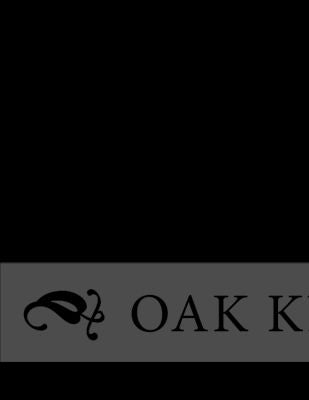Preface
Benjamin Franklin, Writer and Printer was conceived as the catalogue to an exhibition at the Library Company of Philadelphia (later traveling to the Grolier Club in New York) to commemorate the Tercentenary of Franklin's birth and coincidentally the 275th anniversary of the founding of the Library Company. The premise of the exhibition was a simple one: The greater part of Franklin's autobiography is taken up with an account of how he learned to write and print and how he then used those skills to acquire wealth and public position. We found that simply excerpting passages of the autobiography and rearranging them under topical headings allowed the working life and material practices of a printer and writer to emerge in rich detail.
In the first chapter we see how Franklin began his career as an author at age sixteen with little pieces written specifically to be printed by his older brother James, publisher of The New-England Courant. Later, when he was editor of his own newspaper, The Pennsylvania Gazette, most of his writing was not only for print, but in one way or another about print. We explore his use of pseudonyms and voices, his interest in the material practices of revision and erasure, and his fascination with the relationship between originality and imitation. In chapter 2 we see how he succeeded as a master printer in Philadelphia by imitating his rivals and improving on their practices, and how he built his business on the triple basis of the newspaper, almanacs, and government printing. In chapters 3 and 4 we examine the output of his press in material terms, focusing on the smallest and most numerous of his imprints, paper money and blank forms, and on the largest and most untypical, leather-bound books, which were often not very large at all. Chapter 5 is a detailed case study of Franklin's last few months before his retirement from printing in January 1748, when for the first time he put his press entirely at the service of a controversial cause, the defense of the Province against privateers. Chapters 6 and 7 return to questions of authorship and originality, examining how Franklin compiled the proverbs in Poor Richard's Almanack and how he recycled them into The Way to Wealth, his most popular literary work. In the last chapter we focus on the autobiography itself and its peculiar publishing history and posthumous transformations.
As we wrote and rewrote this text, it went through a transformation of its own. It is still the catalogue of an exhibition, but it has also become a book that (we hope) stands on its own. This dual nature is appropriate to its dual authorship. It is the attempt of two middle-aged pedants to listen to and find uses for each other's work, divided as we are by discipline (bibliography and publishing history; literary history and material culture), field (America; Britain and Europe), period (eighteenth and nineteenth centuries; sixteenth and seventeenth centuries), and profession (librarian; professor). When Franklin and his friend Joseph Breintnall collaborated on a series of satirical newspaper essays under the pseudonym "The Busy-Body," their victim, rival printer Samuel Keimer, characterized them as a two-headed monster, and he shrewdly noted that
Some Parts good, and some Parts bad,
Shew it has [sic] different Authors had.
We hope that it will not be so easy to tell here who wrote what, because this has truly been a collaboration, and the result is a totally different work than either of us would have or could have written alone. Monstrous it may be, but we take comfort from the fact that Franklin and Breintnall were not dissuaded by Keimer from producing new monsters and prodigies.

